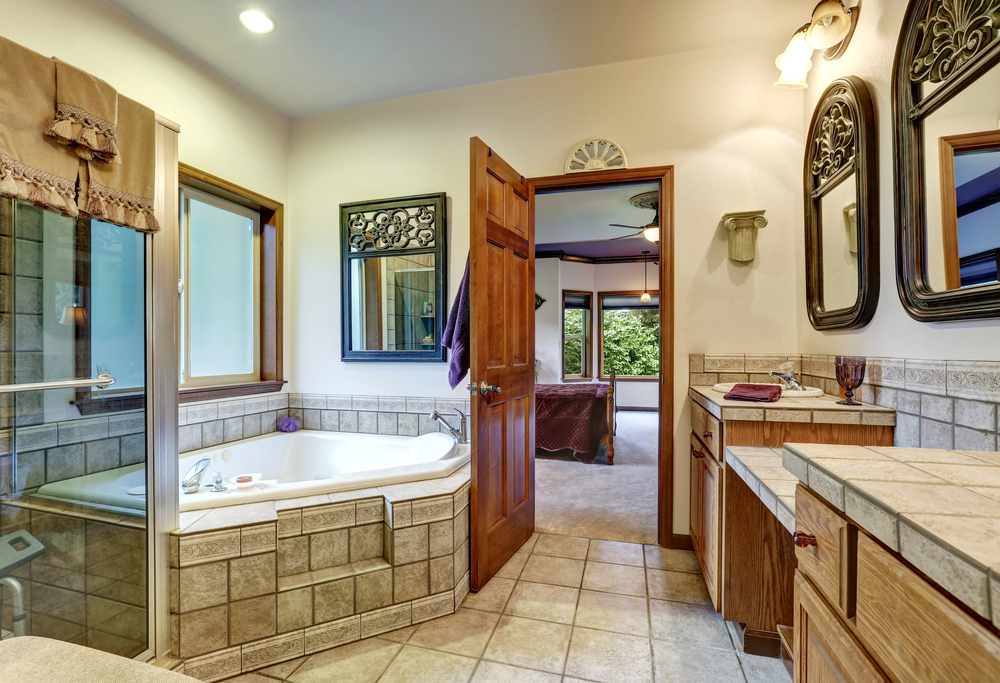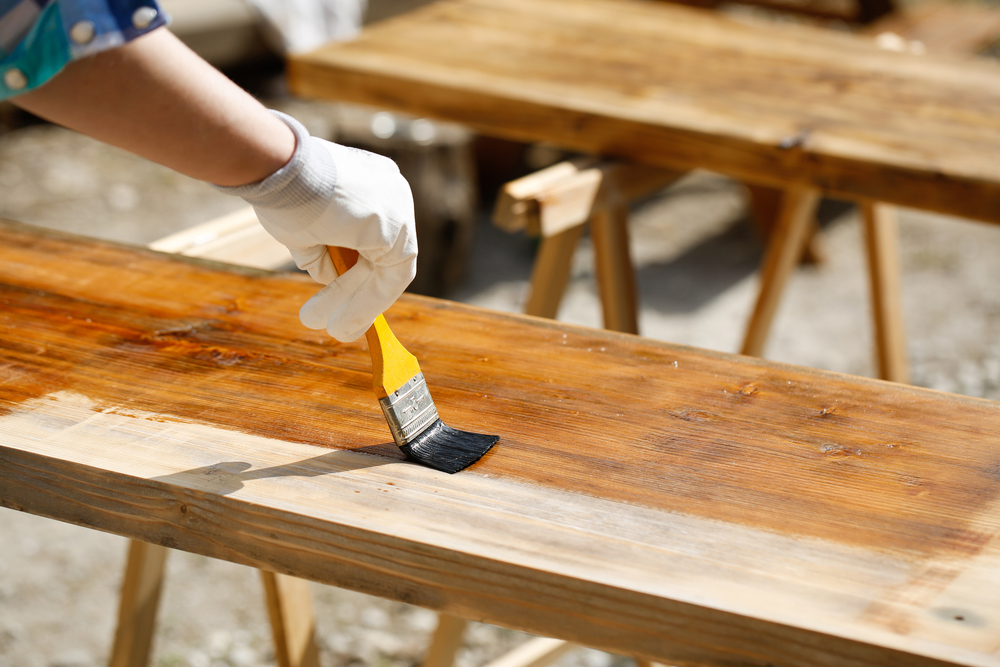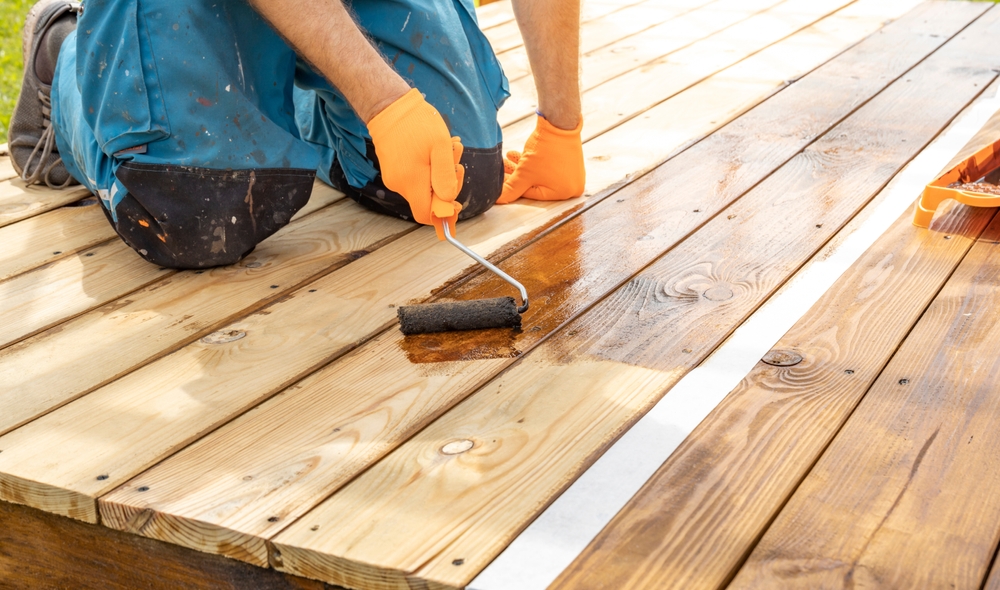Understanding Stain Blocking Primer: An Essential Tool for Your Painting Projects
When tackling painting projects, especially in older homes, a versatile tool in your arsenal is a stain blocking primer. Knowing when and how to use this special type of primer can make the difference between a paint job that looks fresh and one that reveals nasty stains soon after completion.
What is a Stain Blocking Primer?
A stain blocking primer is formulated to mask and prevent stains from bleeding through the final topcoat of paint. These stains can originate from a variety of sources, such as water damage, smoke, tannin bleeding from wood, nicotine, and more. Regular primer might not contain the right components to stop these substances from seeping through.
Components and Functionality
Stain blocking primers often contain sealing agents that block stains. They also provide a consistent surface for paint to adhere, enhancing the overall quality of the finish. Some are water-based, while others use oil or alcohol bases. Each type has specific uses, depending on the nature of the stain and the surface.
Types of Stain Blocking Primers
- Water-Based: These primers are easy to clean and have a lower odor. They are effective against light stains and work well on drywall and plaster.
- Oil-Based: Offer robust stain blocking but have a stronger odor. Necessary for blocking severe stains like smoke and water marks.
- Shellac-Based: Extremely effective for tough stains. They dry quickly and can be used on a variety of surfaces.
Applications and Benefits
When dealing with surfaces that have been nicotine stained, a stain blocking primer is crucial. Nicotine can seep through regular paint, causing discoloration and odor retention. Similarly, if you are painting walls subject to water damage, this type of primer can block water stains effectively. Another complex challenge is tannin bleed from wood. As wood ages, its natural tannins can rise to the surface, causing staining. A stain blocking primer can prevent these from damaging a new coat of paint.
How to Use Stain Blocking Primer
Begin by cleaning the surface thoroughly. Remove dirt, grease, and peeling paint. Allow the surface to dry completely. Identify areas with severe staining. Apply the primer with a brush, roller, or sprayer. Ensure the primer is completely dry before applying the topcoat. Drying times can vary according to the product and the humidity levels.
An important consideration is ventilation. Some stain blocking primers emit fumes that can be hazardous in concentrated amounts. Always ensure adequate ventilation in the area or wear appropriate protective gear if necessary.
The Right Primer for the Job
Picking the right primer is crucial. For minor stains on interior walls, a water-based primer might suffice. For severe stains in older buildings, like smoke damage, an oil-based or shellac-based primer may be necessary. For exterior surfaces, consider the weather conditions and durability needs before choosing.
Cost and Availability
The cost of stain blocking primers can vary. Prices depend on the brand, type, and volume. In general, water-based primers are the most cost-effective. However, for projects requiring the highest stain-blocking capabilities, oil-based or shellac-based primers are worth the investment. These are available at most home improvement stores and paint supply shops. Online options offer a vast array of product comparisons and reviews.
Common Mistakes
One common issue is applying the primer too thickly. This can lead to drips, uneven drying, and an unsatisfactory finish. Another mistake is skipping the priming step altogether, thinking regular paint will cover. Failure to address the root of the stain can lead to further damage over time. Ignoring ventilation can also be a mistake, posing health risks.
Environmental Concerns
Modern products are developing eco-friendly options. Low-VOC (Volatile Organic Compounds) primers are available, providing effective stain blocking with a reduced environmental impact. These innovations allow for safer interior applications without compromising air quality.
Stain blocking primers are a critical component in ensuring a successful paint job. They offer a solution to complex problems, preserving both aesthetics and surface integrity. Understanding their application and the underlying causes of stains will help achieve a long-lasting, beautiful finish.






